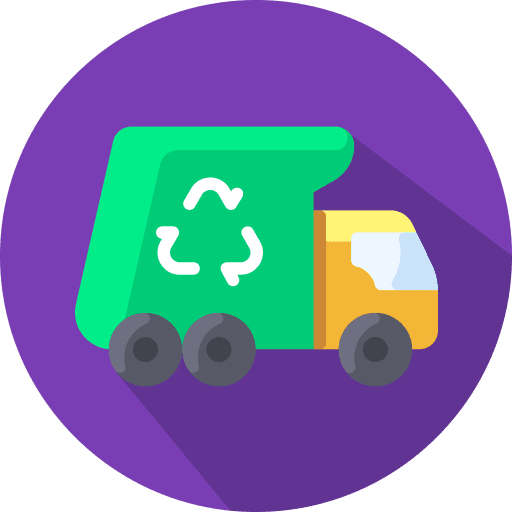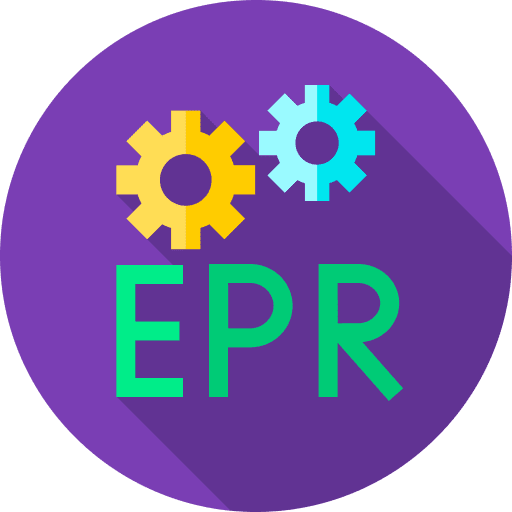Over recent years, there has been a growing concern about the environmental impact of textile waste, pushing for Extended Producer Responsibility (EPR) regulations. Textile companies must take proactive steps to ensure compliance with EPR requirements to minimize their carbon footprint, reduce environmental harm, and uphold sustainability standards. To navigate the complex landscape of EPR regulations, companies can benefit from understanding The EU's proposal for extended producer responsibility for textiles as a guiding framework. By implementing efficient resource management, promoting recycling initiatives, and transparent reporting practices, textile companies can make significant strides towards EPR compliance and contribute positively to global sustainability efforts.
Key Takeaways:
- Implement EPR programs: Textile companies can set up Extended Producer Responsibility programs to manage the end-of-life disposal of their products responsibly.
- Design for recyclability: By creating textile products with recyclable materials and easy disassembly processes, companies can improve their EPR compliance.
- Educate stakeholders: Providing training and resources to employees, suppliers, and consumers can help ensure everyone understands the importance of EPR compliance and works towards sustainable practices.

Understanding EPR in Textile Industry
While Extended Producer Responsibility (EPR) is gaining traction in various industries, it is crucial for textile companies to understand its implications on their operations. EPR is a policy approach that holds manufacturers responsible for the end-of-life management of their products to promote environmentally sustainable practices.
Definition and Scope of EPR
One of the key aspects of EPR is that it shifts the responsibility for managing products at their end-of-life from local governments to the producers. This includes collection, recycling, and proper disposal of textiles to reduce the environmental impact. The scope of EPR in the textile industry covers all stages of the product lifecycle, from design and manufacturing to final disposal.
EPR programs in the textile industry often involve setting up collection systems, establishing recycling facilities, and collaborating with other stakeholders to ensure compliance with regulations. By aligning their operations with EPR principles, textile companies can minimize the environmental footprint of their products and contribute to a circular economy.
Impact of EPR Legislation on Textiles
Industry stakeholders need to be aware of the significant impacts of EPR legislation on the textile sector. It not only influences the way products are manufactured and distributed but also mandates proper waste management practices throughout the supply chain. Compliance with EPR regulations is crucial for textile companies to avoid penalties and maintain their social responsibility credentials.
Plus, implementing EPR measures can also lead to cost savings in the long run. By designing products with end-of-life management in mind, companies can streamline their processes and improve resource efficiency. Embracing EPR in the textile industry is not just a regulatory requirement but a strategic decision that can enhance sustainability efforts and drive business growth.
Strategies for EPR Compliance
Designing for Sustainability
Compliance with EPR regulations involves a proactive approach in designing textiles for sustainability. Textile companies can focus on using eco-friendly materials, reducing waste in production processes, and designing products that are easily recyclable or biodegradable. By incorporating sustainable design principles from the outset, companies can minimize their environmental impact and streamline EPR compliance efforts.
Implementing Circular Economy Principles
Implementing circular economy principles is crucial for textile companies striving for EPR compliance. This involves adopting practices such as designing products for longevity, promoting repair and reuse, and implementing take-back programs for end-of-life products. By closing the loop and keeping materials in circulation, companies can reduce their dependence on virgin resources and minimize waste.
This shift towards a circular economy not only aligns with EPR regulations but also presents an opportunity for textile companies to demonstrate their commitment to sustainability and responsible resource management.
Operational Changes and Innovations
Enhancing Supply Chain Transparency
Your textile company can enhance supply chain transparency by implementing robust tracking and tracing systems. By utilizing technologies like blockchain, you can track the journey of raw materials from sourcing to production and distribution. This level of transparency not only helps in traceability but also ensures compliance with EPR regulations.
Moreover, fostering collaboration with suppliers and partners can help in sharing information and best practices. By engaging in open communication and transparency, your textile company can build a more sustainable and ethical supply chain.
Investing in Recycling Technologies
Any textile company looking to enhance EPR compliance should consider investing in recycling technologies. By incorporating innovative recycling processes such as chemical or mechanical recycling, you can reduce the amount of textile waste sent to landfills. These technologies not only help in reducing environmental impact but also promote a circular economy.
Investing in recycling technologies also demonstrates your commitment to sustainability and can attract environmentally-conscious consumers. Additionally, it can position your textile company as a leader in the industry and drive innovation towards more sustainable practices.
Collaboration and Engagement
Partnering with Waste Management Entities
For textile companies to achieve EPR compliance, partnering with waste management entities is crucial. These partnerships can help streamline the collection, transportation, and proper disposal of textile waste in accordance with EPR regulations. By collaborating with waste management entities, textile companies can ensure that their products are handled responsibly at the end of their lifecycle.
Engaging with waste management entities also provides textile companies with valuable insights into sustainable waste management practices. These partnerships can lead to the development of innovative solutions for recycling and repurposing textile waste, further supporting the circular economy.
Educating Consumers and Stakeholders
Entities Educating consumers and stakeholders about the importance of responsible textile disposal is crucial for EPR compliance. Textile companies can take the lead in raising awareness about the environmental impact of textile waste and the benefits of recycling. By educating consumers and stakeholders, textile companies can foster a culture of sustainability and encourage active participation in waste management efforts.
Plus, involving consumers and stakeholders in the conversation can help generate support for EPR initiatives and drive demand for eco-friendly textile products. By empowering individuals to make informed choices about textile consumption and disposal, textile companies can contribute to a more sustainable future for the industry.
Monitoring, Reporting, and Continuous Improvement
For The real impact of EPR for textile producers, achieving compliance with Extended Producer Responsibility (EPR) regulations is a multifaceted process that requires diligent monitoring, accurate reporting, and a commitment to continuous improvement. Textile companies must implement robust systems to track their environmental performance, report data accurately to regulatory authorities, and consistently strive for better resource management practices.
Setting Up EPR Compliance Metrics
Any textile company looking to ensure EPR compliance must first establish key metrics to measure their environmental impact. This could include tracking the amount of waste generated, energy consumption, water usage, and other relevant indicators. By setting up clear metrics, companies can monitor their progress towards meeting regulatory requirements and identify areas for improvement.
Adapting to Evolving Regulations
Improvement with the evolving landscape of environmental regulations, textile companies need to stay informed and adaptable. Regulations related to EPR can change rapidly, impacting how companies manage their waste, recycling processes, and product design. Staying ahead of these changes is crucial to avoid compliance issues and maintain a positive reputation in the industry. By adapting quickly to new requirements, companies can demonstrate their commitment to environmental stewardship and sustainability.
Final Words
On the whole, textile companies can ensure EPR compliance by implementing measures such as adopting sustainable production practices, designing products for recyclability, establishing take-back programs, and collaborating with recycling facilities. By prioritizing environmental responsibility and resource efficiency, textile companies can not only meet regulatory requirements but also contribute to a more sustainable future for the industry. It is crucial for these companies to stay informed about EPR regulations and continuously evaluate and improve their processes to minimize their impact on the environment.
FAQ
Q: What is EPR Compliance in the textile industry?
A: EPR (Extended Producer Responsibility) Compliance in the textile industry refers to the obligation of textile companies to take responsibility for the environmental impact of their products throughout their lifecycle, including disposal and recycling.
Q: Why is EPR Compliance important for textile companies?
A: EPR Compliance is important for textile companies as it helps reduce the environmental footprint of their products, promotes sustainability, and ensures that they adhere to regulations and standards set by authorities.
Q: What measures can textile companies take for EPR Compliance?
A: Textile companies can take several measures for EPR Compliance, such as implementing eco-friendly production processes, designing products for easy recycling, setting up take-back programs, and partnering with recycling facilities.
Q: How can textile companies promote a circular economy through EPR Compliance?
A: Textile companies can promote a circular economy through EPR Compliance by incorporating recycled materials into their products, designing for durability and recyclability, and educating consumers about the importance of recycling textiles.
Q: What are the benefits of EPR Compliance for textile companies?
A: The benefits of EPR Compliance for textile companies include enhanced brand reputation, cost savings through efficient use of resources, compliance with regulations, and contributing to a more sustainable future for the textile industry.




